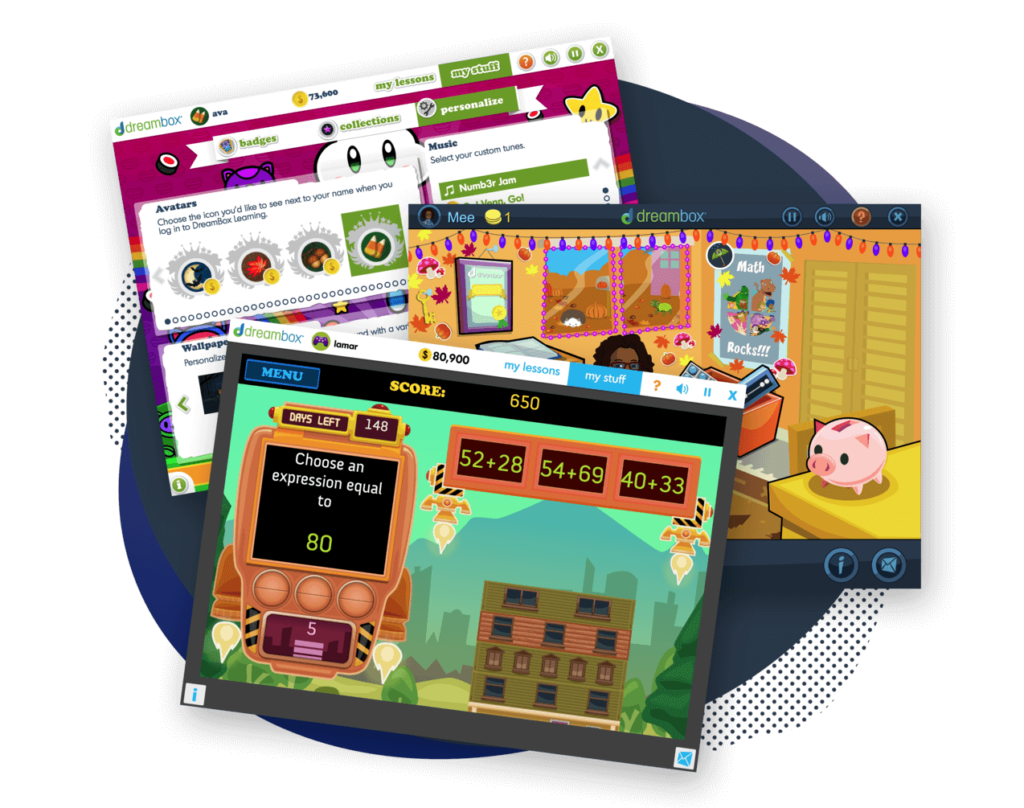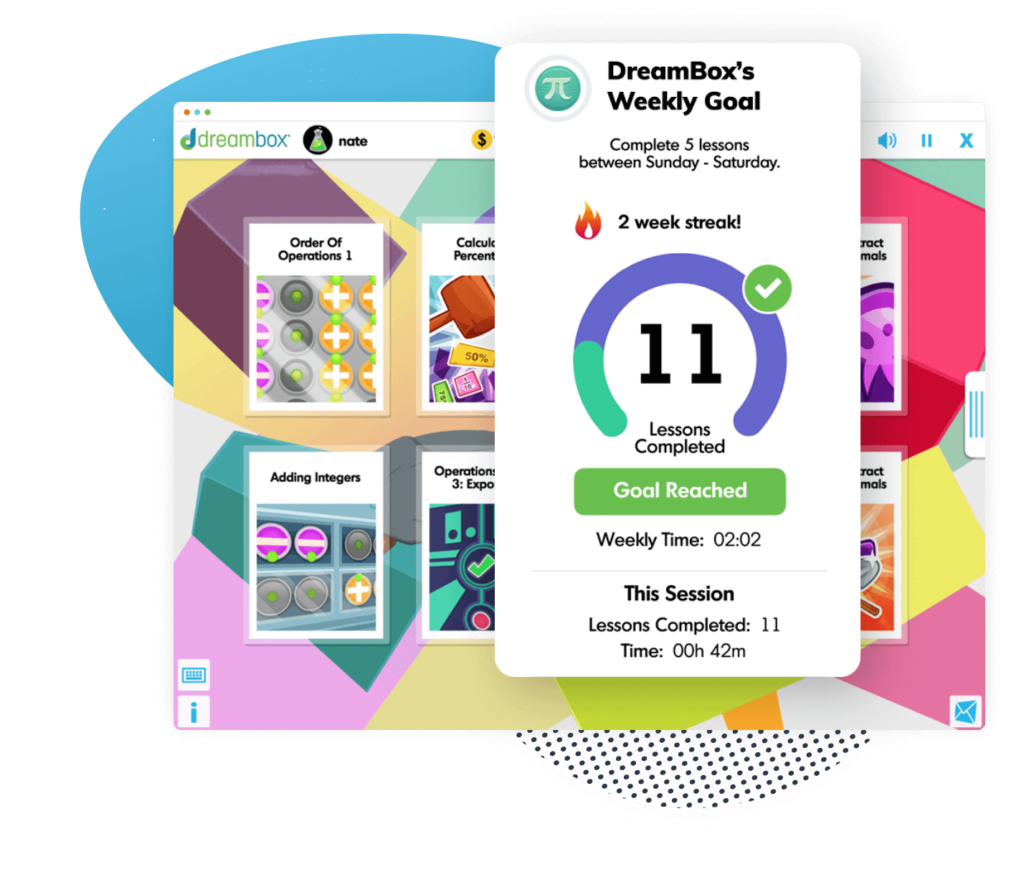What Is Project-Based Learning?
Students “learn by doing” in this real-world approach to education.

Author
Jill Padfield
Published:
September 2025
Key takeaways
- It’s not just “doing a project” – With project-based learning, students are not just completing a quick project after a lesson—the project is the lesson.
- These projects model the real world – Students adapt to various tasks and hone necessary skills as they work, just like they would on the job.
- Critical thinking takes the lead – With open-ended questions and multi-step problems, projects require students to think critically and collaborate with peers and teachers alike.
What is project-based learning?
Project-based learning is an approach that builds on core knowledge by having students answer a complex question or solve a challenging problem over an extended period of time. These projects are multi-layered, requiring students to manage their time, conduct research, collaborate with peers, meet with teachers, and develop task-specific skills. While teachers provide guidance, students take charge of their own learning and gain understanding through “learning by doing.”
The importance of project-based learning
This approach to education is important because it resembles how many students will be expected to complete assignments in the real world. Higher-level jobs rarely ask workers to simply complete menial tasks for hours on end.
Instead, a boss may discuss how an employee or company can best adapt to a new industry challenge, or seek various ways to improve sales performance.
These assignments require workers to delineate, analyze, delegate, and much more. Project-based learning ensures that students adapt to a more realistic form of problem-solving, which in turn prepares them for future careers.
Table of contents
Practice your math skills with DreamBox Math!
Turn math into playtime with DreamBox Math
DREAMBOX MATH
Get started for FREE today!

Elements of project-based learning
Project-based learning centers on four core elements:
- Inquiry and exploration: Projects start with open-ended questions, leading students to ask deeper questions and build strong inquiry skills.
- Student voice and choice: Learners have freedom to pursue topics that interest them and choose how to organize their work, fostering ownership and responsibility.
- Reflection and revision: Students reflect on their process, learn from setbacks, and revise their work, developing self-assessment and growth skills.
- Presenting a product: Each project culminates in a unique product or presentation, strengthening communication skills and celebrating student achievement.
Steps to implementing project-based learning
With so much to offer, project-based learning seems like an easy choice. However, you cannot simply assign any old project and just sit back and wait for the results to pour in. A successful project requires purposeful and intentional planning, as well as consistent management, to ensure student success. Following these 4 basic steps will promote effective project-based learning.
- Identify a meaningful project: Set clear goals, skills, and group expectations. Share guidelines and rubrics with students from the start.
- Plan and map the project: Break the project into manageable steps, model the process, and provide resources while allowing student freedom.
- Manage the project: Guide students, check progress, review reflections, and address common challenges as they arise.
- Assess and evaluate: Use rubrics and presentations to measure learning, celebrate achievements, and showcase student work.

The math program that drives results
Get started today!
DreamBox adapts to your child’s level and learning needs, ensuring they are appropriately challenged and get confidence-building wins.
Benefits of project-based learning
Enhances student engagement: Students take ownership of their learning and participate more actively.
Develops problem-solving skills: Students adapt to challenges and think critically while solving complex problems.
Cultivates teamwork and collaboration: Students improve communication and work effectively with peers and teachers.
Promotes lifelong learning: Encourages curiosity and critical thinking beyond school.
Challenges of project-based learning
Time management: Students may struggle to plan and use time effectively.
Solution: Provide timelines, guidance, and regular check-ins to keep them on track.
Assessment difficulties: Projects vary, making fair grading tricky.
Solution: Use clear, skill- and goal-based rubrics shared from the start.
Maintaining student motivation: Long projects can lead to burnout or disengagement.
Solution: Build strong teacher-student relationships, celebrate successes, and provide incentives to keep students motivated.
FAQs about Project Based Learning
Communication, collaboration, critical thinking, and creativity are the 4 C’s of project-based learning. Together, they represent the major skills and benefits of this approach.
The main goal of project-based learning is to help students learn skills and content by tackling questions and problems in a manner similar to how they will handle assignments in their careers.
A combination of rubrics, reflections, conferences, and presentations can help you assess all aspects of the product of project-based learning. Just remember that something that takes this long to complete should be assessed thoroughly.
Take at home math practice to the next level
Empowering parents and educators to make math practice more impactful. Plus, your kids will love it.
